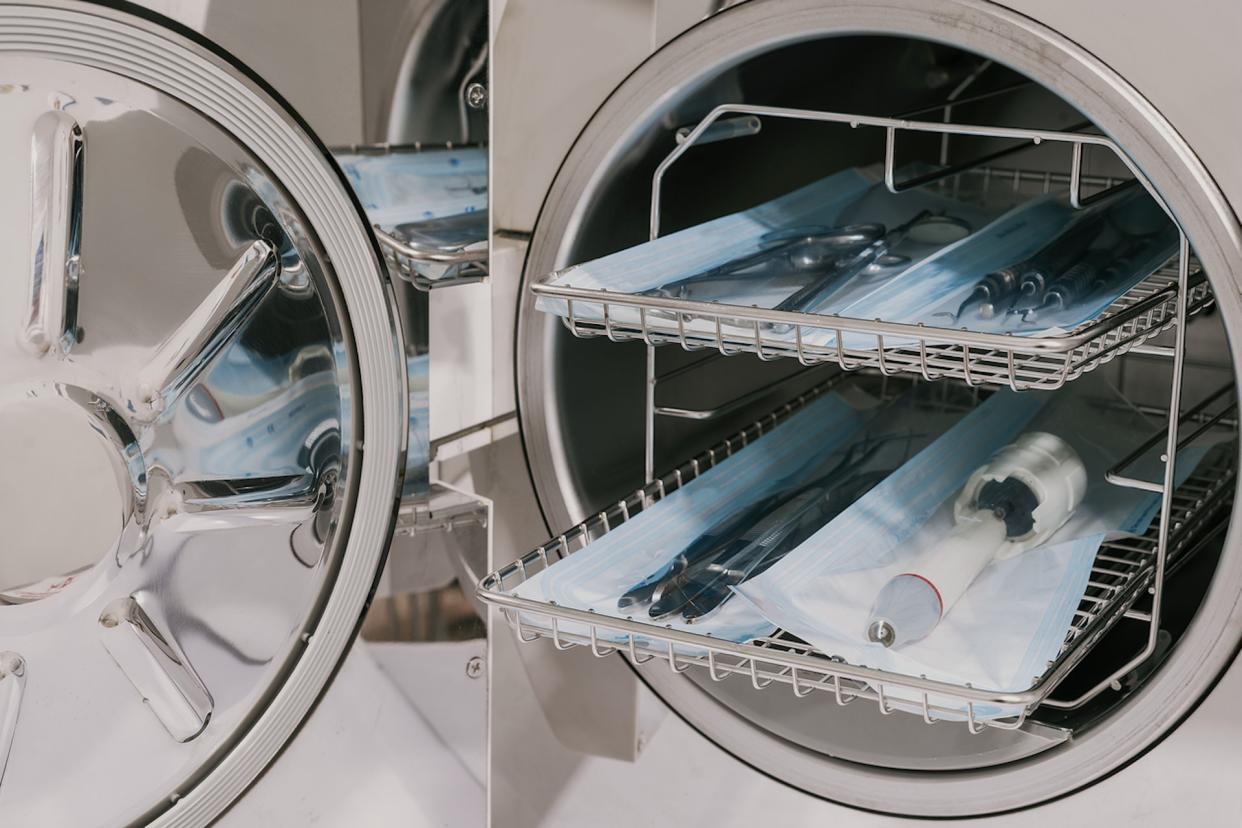The government is cracking down on a widely used medical sterilization method known to be carcinogenic — here's how it could affect your healthcare

The Environmental Protection Agency is imposing new restrictions on ethylene oxide, a colorless gas widely used to sterilize medical devices.
The regulation aims to cut pollution of this known carcinogen by about 90% o better protect public health, especially for those living near sterilizing facilities, according to The New York Times.
The EPA rule will require plants using ethylene oxide to install pollution controls that significantly reduce the gas's release into the air.
Per the Times, it marks the first time in 20 years that the government has strengthened limits on this hazardous pollutant.
While ethylene oxide helps ensure vital medical equipment like catheters and surgical tools are free of infection-causing germs, inhaling the gas can irritate the eyes, nose, throat, and lungs, as the Times detailed. Even more worrisome, it has been linked to lymphoid and breast cancer as well as harm to the brain, nervous system, and reproductive system.
For the roughly 14 million Americans that the Washington Post reports as living close to the 90 impacted sterilizing plants, many in lower-income and minority neighborhoods, these stricter pollution standards will considerably lower health risks. The rule especially safeguards children, who are more vulnerable to carcinogens, per the Times. Critically, it does so while striving to preserve healthcare facilities' ability to properly sterilize medical devices before use, according to the EPA.
Watch now: Solar-powered boats from the Honnold Foundation are making a difference in the Amazon
"We have followed the science and listened to communities to fulfill our responsibility to safeguard public health from this pollution, including the health of children, who are particularly vulnerable to carcinogens early in life," EPA administrator Michael S. Regan stated. He called the rule "historically strong" and part of President Biden's "Cancer Moonshot" initiative to bolster cancer prevention.
The regulation aims to provide sterilizing facilities with adequate time to implement changes while minimizing disruptions to healthcare, officials noted. Plants will have two years to install emissions monitoring and controls, plus 180 days to demonstrate compliance, the Times reported. Most will also have to continuously monitor pollution and submit quarterly reports.
Environmental law group Earthjustice, which filed suit against the EPA to push for tougher controls, applauded the policy.
"Today is an important step forward in regulating toxic ethylene oxide emissions from commercial sterilization facilities," said Patrice Simms, an Earthjustice vice president, in a statement. Community groups' "years of advocacy led to FYIincreased regulations on an industry that has polluted our communities while cleaning our medical equipment."
Join our free newsletter for cool news and actionable info that makes it easy to help yourself while helping the planet.

